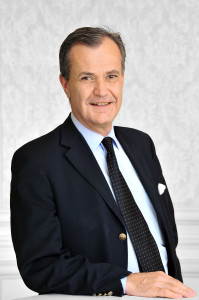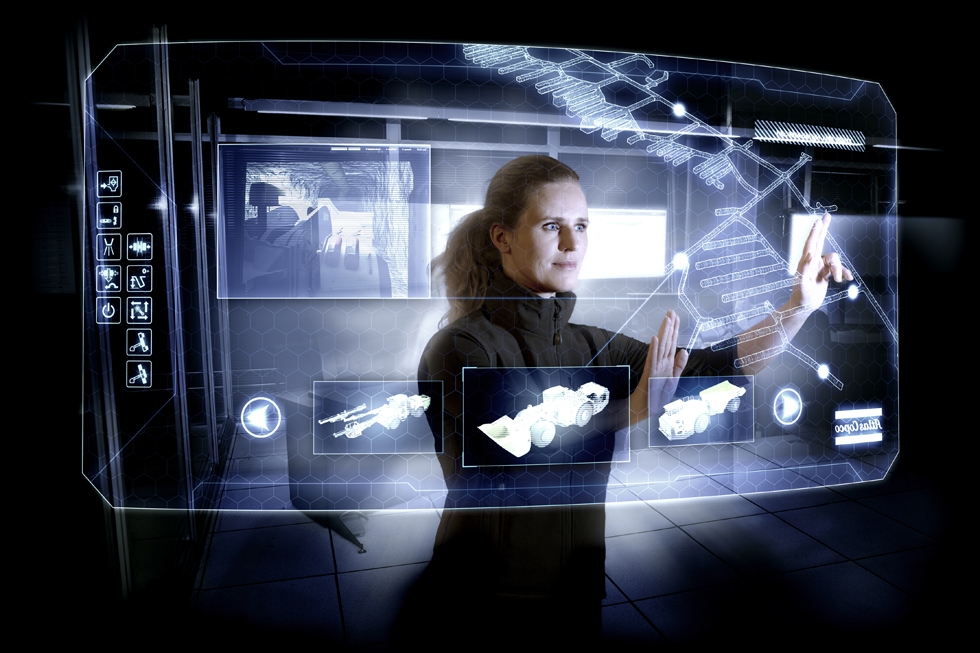Q. Some people say that despite the current downtrend, mining companies have never had it so good. Is that a fair statement to make?
A. Yes, I think it is. Companies are certainly much better equipped than ever to cope with the ups and downs of the market and still remain successful. It is also important to see the current downturn in the mining industry in context. It comes after an all-time high in market demand that is unprecedented in the industry?s history. As a result, I believe that some companies may have overinvested during 2011 and 2012 and are suffering a bit from that today. It is also interesting to see that metal prices right now are actually not too bad. So looking at the big picture, I am not overly concerned.
Q. What is it that makes today?s companies better equipped to cope
with these market fluctuations?
A. Thanks to a continuous stream of new products and solutions they are now able to do things better, faster and at a substantially lower cost than just a few years ago. Productivity, cost efficiency and flexibility have all been increased tremendously which has made them more efficient and more competitive. But I believe we have only just begun to scratch the surface. There?s much more to come in the years ahead.
 Q. How much has Atlas Copco
Q. How much has Atlas Copco
contributed to this development?
A. I believe that our contribution is immeasur-
able. We are a product driven company and we stand or fall on the benefits that our products bring to our customers. Innovation is one of the key elements in our strategy which is why we continuously increase our investments in R&D. In a downturn, R&D is the last thing we would consider reducing. Without our strong focus on R&D, we would not be one of the world?s leading equipment suppliers in our industry as we are today.
Q. However, some might say that it takes too long to get innovations to market. Do they have a point?
A. Yes, in some areas I think that?s true. But innovation takes time. You don?t suddenly come up with an idea and then get it into production the same year. It?s a long process. Prototypes have to be designed and built, and they have to be thoroughly tested in the field before we feel we can launch them on the market with complete confidence. And even then, we continue to make improvements. Of course, for the customer who wants to increase productivity or improve the working environment right away, it will always seem like a long wait.
Q. Which innovations represent the most significant benefits to mining and construction companies today?
A. In general terms, I would say all of the remote control devices and automated systems that make life easier and safer for operators. It is a fantastic achievement to be able to maneuver a drill rig or a loader by remote control and keep operators out of harm?s way. Safety is a major priority, particularly in the mining industry. It is at the top of the agenda at every meeting, and consequently a big issue for us at Atlas Copco, too.
Our customers work in potentially hazardous environments and it is our job to do everything in our power to offer products that reduce those risks as much as possible. We do this by incorporating computerized safety systems such as automatic shutdown, safetylocks and warning systems.
We have also broken new ground when it comes to fuel economy by developing the most fuel efficient surface drill rigs on the market, in some cases cutting fuel bills by half for their owners. We have also drastically reduced engine emissions and we are now offering electric powered mining vehicles to reduce energy consumption.
Q. What other innovations are in focus today?
A. The new RigScan concept is a good example. This enables the condition and performance of key components on a machine to be analyzed and also identifies and locates faults. This means that the service auditor can find out what?s going on inside the machine and make a diagnosis without having to dismantle or reassemble anything, saving time and money.
Another example is the Oralyzer. This device, mounted on an exploration rig for example, analyzes the cuttings from the drill hole and determines the grades. Then there is the Edge system which constantly monitors the rock being drilled into and automatically adjusts the rig?s parameters accordingly. Normally an unskilled driller drilling a water well hole, for example, will drill say, 100 meters. A skilled driller will drill 140 meters, but with Edge, the unskilled driller is able to drill 180 meters. My vision for the future is that very skilled drillers will not be necessary as everything will be automatic.
Q. How does Atlas Copco contribute to education and training today?
A. I believe we are among the absolute leaders in this field. We have developed international training programs that are second to none and our customers welcome it. To be an Atlas Copco trained operator really means something in the industry these days. As our equipment becomes more technically advanced, so our training programs become more important in order to teach people how to get the maximum benefit from the technology. We have trained 6 000 people so far this year and by the end of the year we expect that to rise to 10 000. That?s a fantastic achievement and means that we contribute significantly to raising the general level of skills across the industry and on a global scale.
Q. So what does the future hold in store?
A. Well, in the long term when it comes to mining, I actually see a new golden age on its way. I believe that companies will embrace automation technology on a much larger scale which will make them more productive and more profitable than anyone thought possible. I also believe they will become much more sustainable in the sense that they take better care of available resources.
Q. What other trends do you see on the horizon?
A. I believe that we will see many more innovation projects being developed in joint ventures between suppliers and their customers. At Atlas Copco we have several major development projects running right now together with some of the world?s largest mining companies ? Rio Tinto, Boliden, Barrick and others.
I think we will see much more of this type of cooperation in the future. It makes perfect sense because our customer are the experts in the practice of rock excavation and they have an idea of what they want, and we have the know-how to make it happen. Together, I am sure we will develop some great things which will help our partner companies to gain a competitive advantage.
Epiroc operated under the trademark “Atlas Copco” prior to January 1, 2018.




Here:
Us: